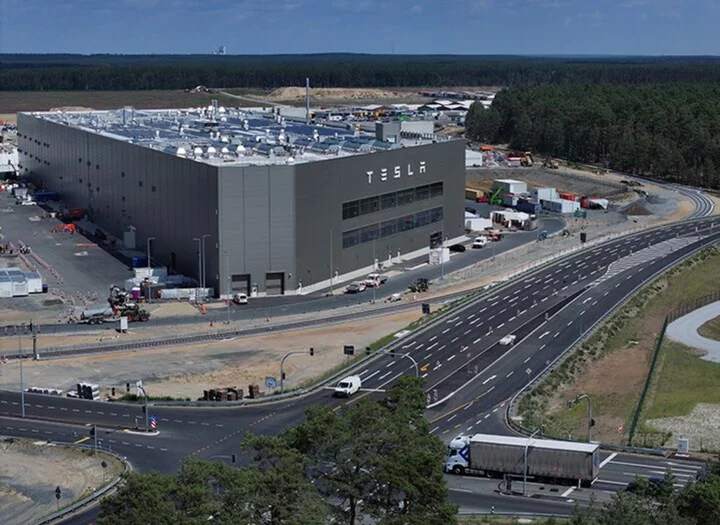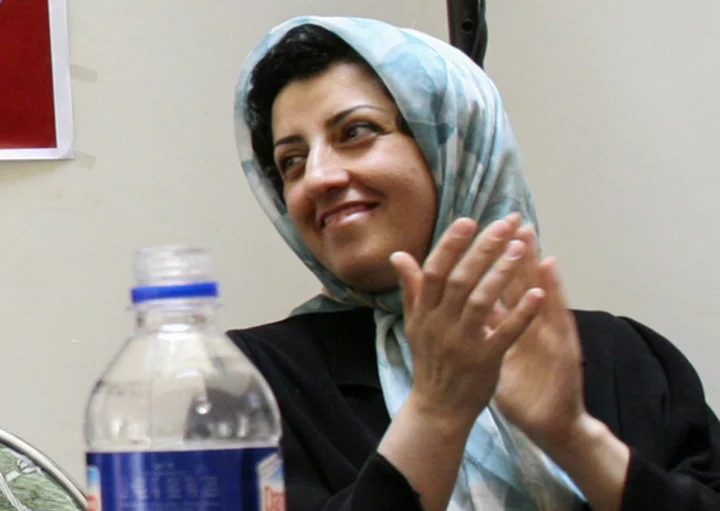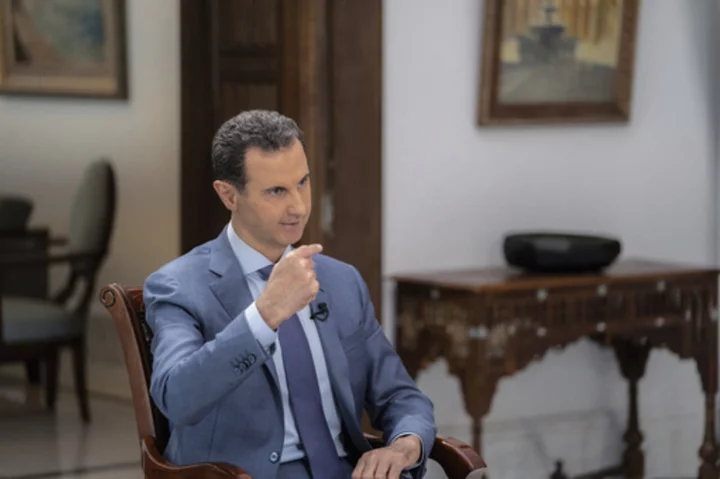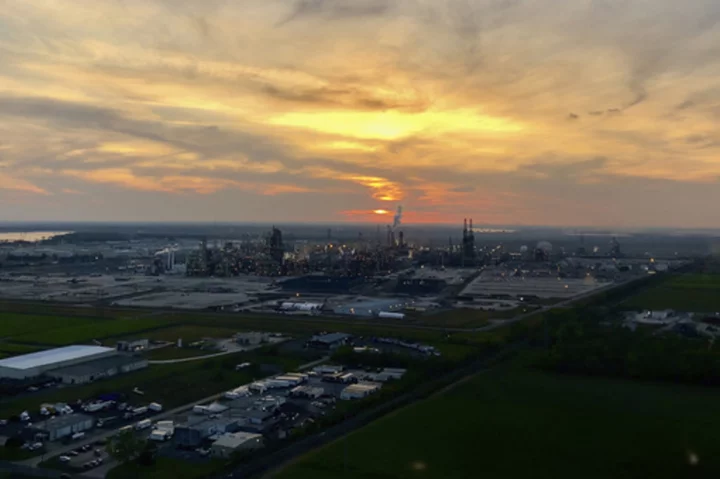Tesla Inc. said doubling the production capacity of its factory near Berlin won’t require additional water as the automaker pursues a more cautious expansion to win over locals concerned about the region’s limited supply.
Tesla plans to reuse nearly all of the water used at the plant by bolstering recycling, representatives for the company said Tuesday at an event with local residents. The push to expand the Gruenheide facility to make 1 million vehicles a year comes even as it currently runs at roughly half its interim capacity to make 500,000 vehicles annually.
The electric-vehicle maker will try to get the nod for the plans in three successive stages, suggesting Tesla is abandoning its build-now, get-approval-later strategy that led to legal challenges from environmental groups when the site was set up. The process is expected to take at least three years, meaning construction of additional production facilities won’t start until 2026 at the earliest.
While Elon Musk in 2021 laughed off the water concerns, saying the region has plenty, it’s suffering from falling groundwater levels and prolonged droughts due to climate change. At Tuesday’s event in Gruenheide, most of the attendees gathered around the stand where Tesla was giving out information on water protection.
Musk has suggested he may build a second European factory and got the red-carpet treatment during recent visits to Italy and France as leaders from both countries lobbied hard for the investment. In Germany, the company last month cut hundreds of workers, according to the IG Metall labor union.
At 50% production, Tesla currently uses around 35% of the water it’s been designated by local authorities, a representative said. The company is planning to rely on a process called vacuum evaporation to bring nearly 100% of production water back into operations.
While Tesla’s sales continue to grow, it’s been producing more vehicles than it’s managed to deliver even after substantial price cuts. The company isn’t close to making 1 million cars a year even at its most productive plant, in Shanghai. In March, Tesla said the Gruenheide site produced 5,000 vehicles in one week. If sustained all year long, that would translate to roughly 250,000 vehicles.
Weeks after production at Gruenheide finally started, Musk referred to Tesla’s factories in Germany and Texas as “gigantic money furnaces” that were losing billions of dollars. In late 2021, the company decided to forgo €1.14 billion ($1.28 billion) of German aid because it opted to try producing a new type of battery cell in Texas first.
(Updates with comments from Tesla representatives in second paragraph.)









